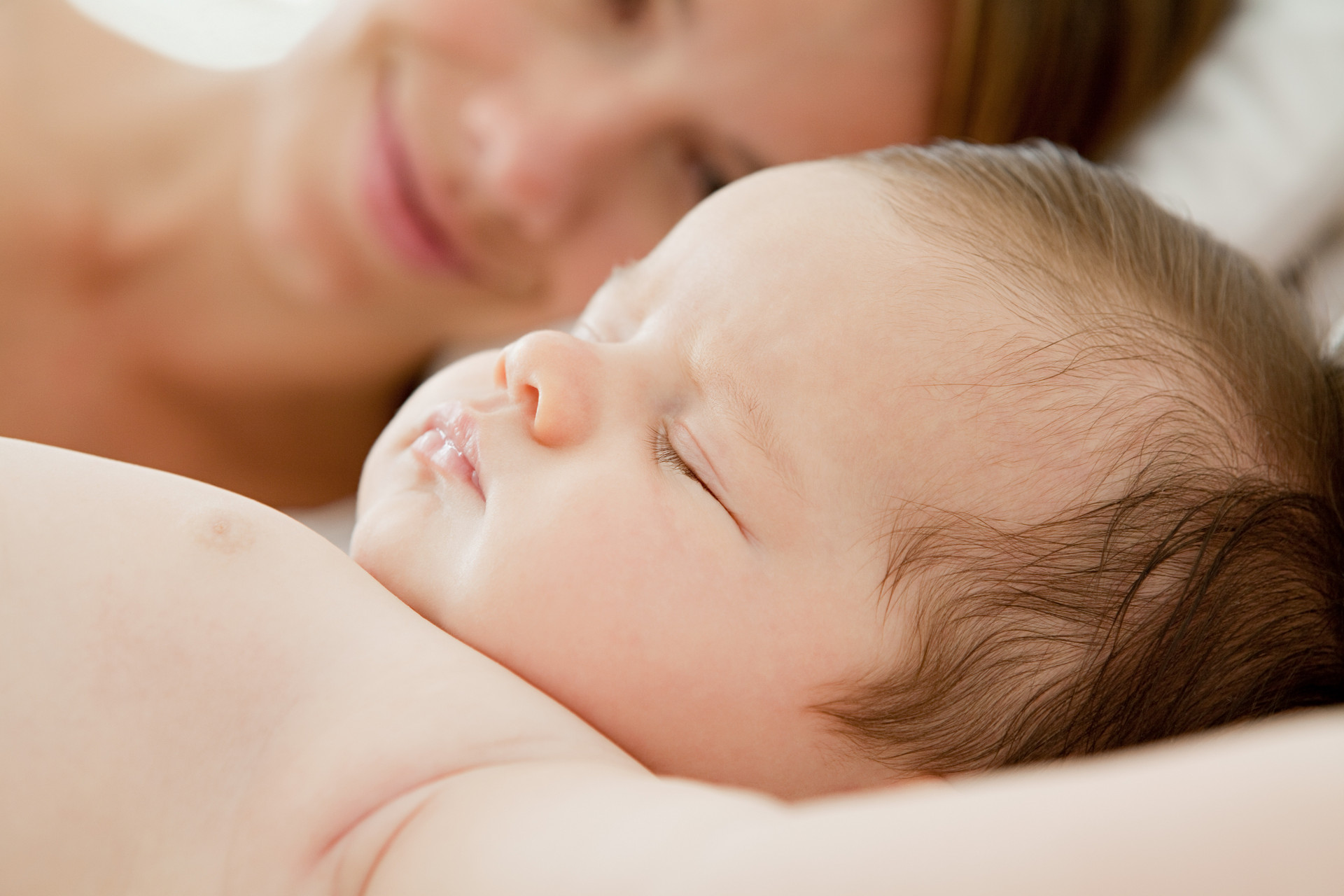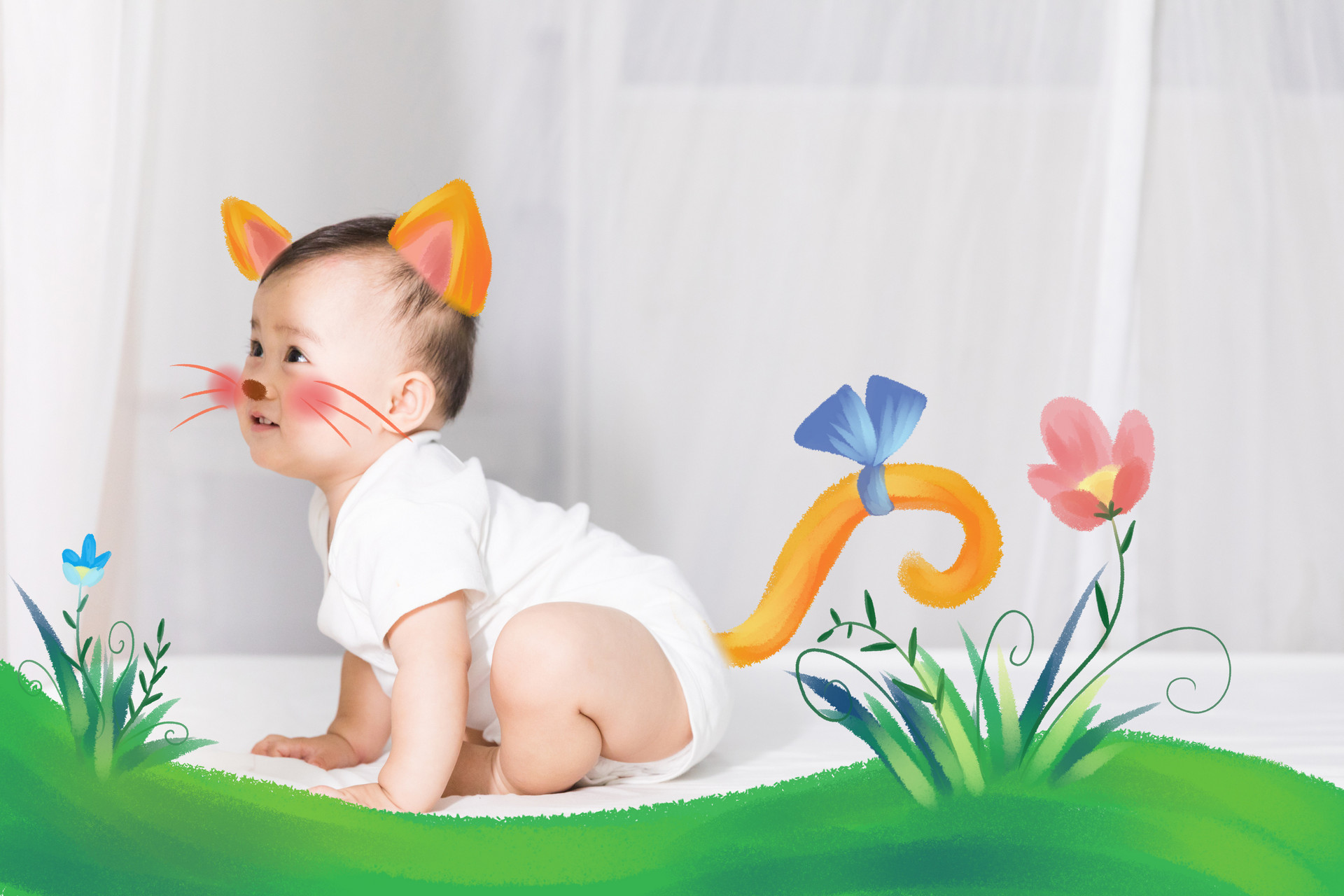In autumn and winter, it is increasingly common for children to have a fever. Some parents often wrap their children in thick clothes, but this can easily "suffocate" the child and even threaten their life. Some children have cold hands and feet when they have a fever. This phenomenon actually indicates a more severe fever condition, known as "deep heat and deep cold" in traditional Chinese medicine. Some parents mistakenly think that their child is feeling cold, so they tightly wrap them in blankets or thick clothes, causing the child to sweat. Little do they know that this can actually worsen the child's symptoms. The reason why children have cold hands and feet when they have a fever is mainly because children, especially infants, have less blood volume in their limbs compared to their internal organs. Due to insufficient blood supply to the limbs, children are more prone to feeling cold than adults.
In addition, the development of the child's nervous system is not yet complete. The autonomic nervous system, which is responsible for regulating blood vessel dilation and constriction, is prone to disorders. When a high fever first occurs, the small blood vessels at the extremities of the limbs are in a spastic state and feel cold. At this time, tightly wrapping the child can not only prevent the child's body temperature from dissipating in a timely manner, causing it to rise even higher, but it can also lead to seizures and convulsions. The correct approach is to use medical measures and wear fewer clothes or loose-fitting clothes.











